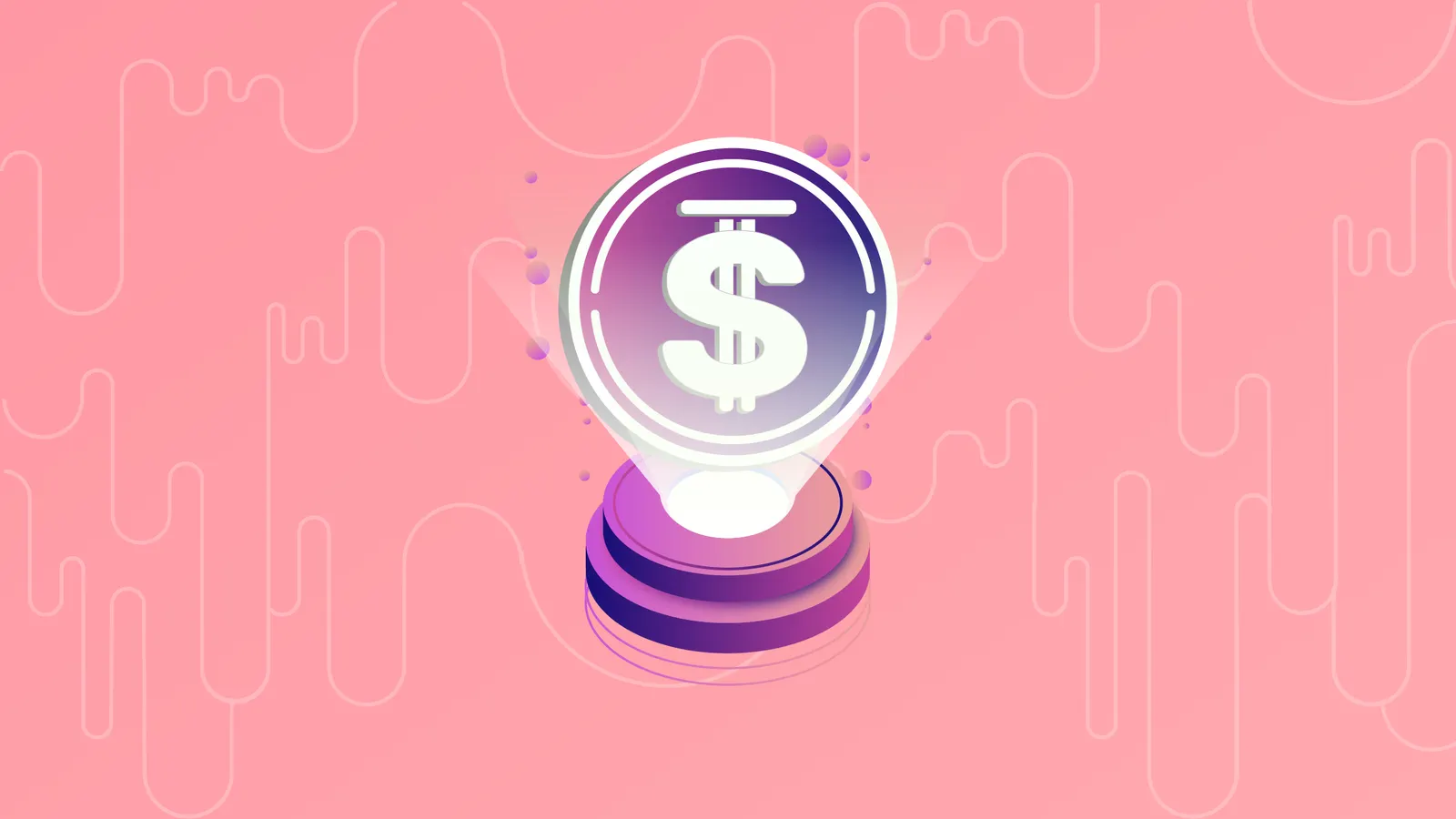In brief
- Tron launched its USDD stablecoin into circulation in May 2022.
- USDD operates a hybrid model, combining elements of an algorithmic stablecoin with overcollateralized backing from a basket of crypto assets.
Stablecoins are cryptocurrencies that peg their exchange rate to a fiat currency, usually the U.S. dollar.
Pegging crypto to a mainstream currency helps to mitigate the volatility often associated with digital currencies. Stablecoins are typically one of two types. The first is backed by a reserve of fiat, other cryptocurrencies, or even commodities like gold, oil, or real estate.
Algorithmic stablecoins look to maintain their dollar peg through a combination of smart contracts and incentivized market behavior to manage the number of tokens in circulation.
Tron’s USDD stablecoin aims to combine the best of both worlds, using a mint-and-burn mechanism in combination with an overcollateralized basket of assets to maintain its dollar peg.
Why did Tron launch USDD?
According to Justin Sun, Tron’s founder, the ultimate goal of USDD is to foster financial inclusion by eliminating barriers to entry and keeping the system free from the “arbitrary impositions” of centralized authorities.
At launch, the Tron DAO Reserve, which manages USDD, set a risk-free interest rate of up to 30% per year in return for staking.
How does USDD work?
Because of USDD’s decentralized nature, rather than being strictly pegged to the U.S. dollar, its price hovers around the price of USD. If the market is choppy, USDD isn’t considered “depegged” if it’s within 3% of the US dollar in either direction.
The Tron DAO Reserve can self-stabilize the price of USDD against price fluctuations by adopting different monetary policies depending on market conditions.
How does USDD maintain its dollar peg?
The USDD protocol keeps its value fixed at 1:1 against the US dollar.
If the price of USDD falls below the peg in the short term, users can burn their USDD to mint TRX (Tron’s native cryptocurrency) to help boost the price of USDD at a rate of 1 USDD in exchange for $1 worth of TRX.
When the price of USDD is above $1 USD, users can send $1 worth of TRX to the decentralized system to get 1 USDD.
Tron has signed up crypto market maker Wintermute as a member of the Tron DAO, allowing it access to mint and redeem USDD.
How does USDD differ from other algorithmic stablecoins?
The May 2022 collapse of the Terra ecosystem, caused by the depegging of its algorithmic stablecoin UST, was a chilling moment for the crypto industry and led to skepticism about the viability of stablecoins.
It was a case of falling dominoes: After Terra’s UST stablecoin, became untethered from its dollar peg, panicked traders burned their UST en masse to mint LUNA, Terra’s native token. The problem is, only $100 million worth of UST could be burned in exchange for LUNA per day, according to Terra’s protocol. And so the value of LUNA hyperinflated until the coin was valueless—and LUNA was the only collateral backing Terra’s stablecoin.
To avoid a situation like that, Tron’s USDD is over-collateralized and backed by multiple cryptocurrencies, including TRX, Bitcoin, and reserves of both Tron-based USDT and USDC—a pair of popular dollar-pegged stablecoins.
In June 2022, the Tron DAO Reserve increased the amount of assets backing USDD’s supply.
USDD is now secured at more than 200% at a guaranteed minimum collateral ratio of 130%, meaning that the reserve has enough on hand to buoy its stablecoin in the event of a dip and selloff (In October 2022, the real-time USDD collateral ratio was just over 290%).
Did you know?
As of October 2022, the Tron DAO Reserve holds more than 14,000 BTC, 10.9 billion TRX, 1 billion USDC, 100 million USDT and 505,000 TUSD in its reserve account.
Sponsored post by Tron
Learn More about partnering with Decrypt.


